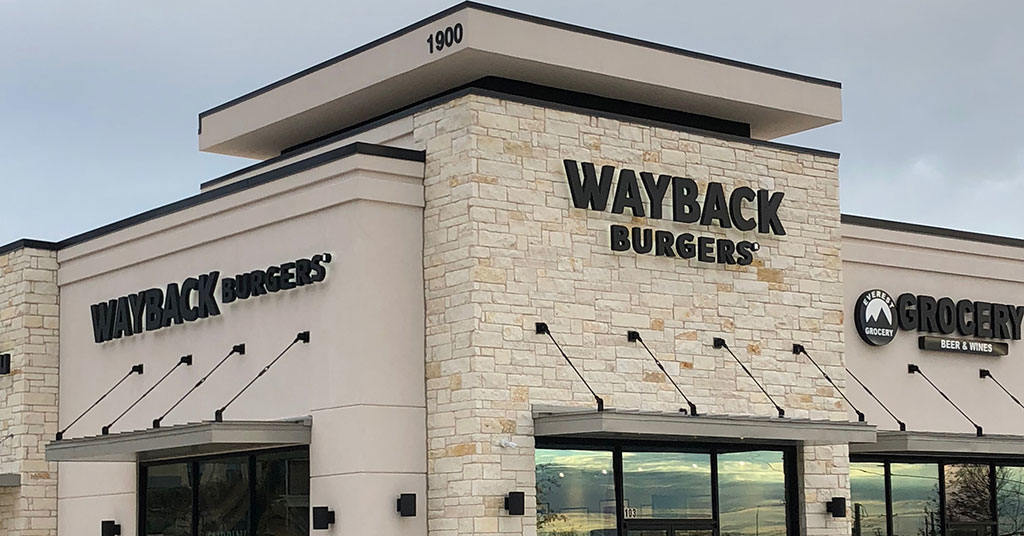Fast food burgers, ubiquitous symbols of convenience and culinary delight, undergo a meticulously orchestrated process from farm to table. This article delves deep into the intricate steps and technologies that define how fast food burgers are made, exploring everything from ingredient sourcing to final assembly. Join us on a journey through the inner workings of one of the world’s most beloved fast food staples.
How Fast Food Burgers Are Made
1. Sourcing Premium Ingredients
The journey of a fast food burger begins with the sourcing of high-quality ingredients. Major fast food chains prioritize partnerships with trusted suppliers who adhere to strict quality standards. Beef, the star of most burgers, is sourced based on USDA grading criteria, ensuring optimal flavor and texture. Suppliers often collaborate closely with restaurants to meet demand while maintaining sustainability practices.
Vegetables such as lettuce, tomatoes, and onions undergo rigorous inspection for freshness and safety. Farms and distributors must comply with regulatory guidelines to ensure that only the finest ingredients make their way into each burger.
SEE ALSO: Wayback Burgers Franchise
2. Preparation and Portioning
Once ingredients arrive at the fast food restaurant, they undergo meticulous preparation. Beef patties are formed from ground beef that is portioned using advanced machinery to ensure consistency in size and weight. Seasoning blends, often proprietary to each chain, are applied to enhance flavor profiles and distinguish one burger from another.
Vegetables are sliced or diced using industrial food processors, achieving uniformity crucial for both taste and visual appeal.
Condiments and sauces, ranging from classic ketchup and mustard to signature spreads, are portioned into containers ready for assembly.
3. Cooking Techniques and Technologies
Cooking techniques play a pivotal role in defining the taste and texture of fast food burgers. Most chains employ either flat-top grills or flame-broiling methods. Flat-top grills allow simultaneous cooking of multiple patties, utilizing a combination of heat and pressure to ensure even cooking and caramelization. This method is favored for its efficiency and consistency.
Flame-broiling, on the other hand, imparts a distinct charred flavor through exposure to open flames or radiant heat sources. Each technique is carefully calibrated to achieve the desired degree of doneness while enhancing the burger’s overall appeal.
4. Assembly Line Precision
The heart of burger production lies in the assembly line, a choreographed dance of efficiency and precision. Each station along the line is dedicated to a specific task, from toasting buns to layering ingredients in a predetermined sequence. Speed and accuracy are paramount, with employees trained to maintain consistency without compromising on quality.
Buns are toasted to perfection using specialized equipment like conveyor toasters or clamshell grills, ensuring a crisp exterior that complements the savory interior. Ingredients are carefully layered to optimize flavor distribution and structural integrity, creating a visually appealing and palatable experience for customers.
5. Quality Assurance and Safety Protocols
Maintaining stringent quality assurance and safety protocols is non-negotiable in the fast food industry. Temperature checks, cleanliness audits, and adherence to standardized recipes are routine practices aimed at upholding food safety standards. Employees undergo training to handle raw ingredients responsibly and maintain sanitary conditions throughout the production process.
Regular inspections and audits further ensure that every burger meets the chain’s exacting standards before it reaches the customer. These measures not only safeguard consumer health but also uphold the reputation and trust associated with the brand.
6. Packaging and Presentation
The final stage of burger production involves meticulous packaging and presentation. Burgers are assembled in branded packaging designed to preserve freshness and appeal. Customization options, dietary preferences, and special requests are accommodated through labeled packaging, ensuring accuracy and customer satisfaction.
Visual presentation plays a crucial role in enhancing the dining experience, with packaging designed to showcase the burger’s contents attractively. Labels and stickers denote ingredients and nutritional information, empowering customers to make informed choices while enjoying their favorite fast food treat.
7. Innovation and Consumer Trends
The fast food industry thrives on innovation and responsiveness to consumer trends. Chains continually experiment with new ingredients, flavors, and cooking techniques to captivate evolving tastes. From introducing plant-based alternatives to expanding menu options, innovation drives the evolution of fast food burgers while catering to diverse dietary preferences and lifestyle choices.
Conclusion
The process of how fast food burgers are malifies a harmonious blend of culinary craftsmanship, technological innovation, and unwavering commitment to quality. From sourcing premium ingredients to ensuring precise assembly and packaging, each step in the production journey contributes to the iconic appeal of fast food burgers worldwide. As consumer preferences evolve, so too will the methods and technologies that define the future of this beloved culinary staple.

